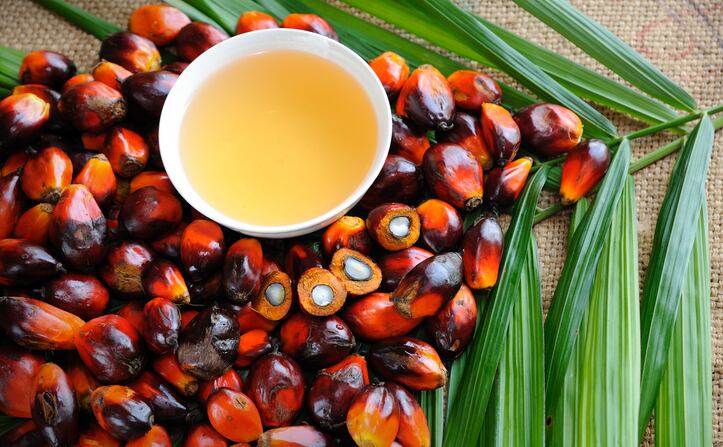The study was documented in a paper titled “Gut microbiome responses to dietary intervention with hypocholesterolemic vegetable oils” in the journal NPJ Biofilms and Microbiomes.
It was a follow-up from a paper two years ago which investigated the effects of consuming cooking oils on blood lipid profiles.
The sample group was divided into three groups: one consumed only refined olive oil, one consumed Blended Oil 1 (BO1) and the last group consumed Blended Oil 2 (BO2). The oil blends consisted of refined rice bran oil, refined flaxseed oil, and refined sesame oil at varying ratios stipulated here.
Results showed that using specific blended vegetable oils extensively consumed in Asia could improve blood lipid profile and other cardiometabolic parameters to a similar extent as refined olive oil in Chinese adults with borderline hypercholesterolemia.
Now, after analysing faecal samples, the team analysed the relationships between the gut microbiota composition at various taxonomic ranks and the trial parameters.
Findings
The team discovered that the gut microbiota was upregulated and linked to various plasma markers of metabolic health status, such as triglycerides, Apolipoprotein B and total cholesterol to HDL ratio in a beneficial manner.
The relative abundance of a single species, the Clostridium leptum or also known as the C. leptum, also increased greatly during the dietary intervention in all three groups.
The oil blend with the highest concentration of omega-3 polyunsaturated fatty acids (PUFA) was associated with a faster and more robust response from the intestinal microbiota.
Upon further analysis, it was suggested that the Clostridium genus, rather than the higher rank of the phylogeny Clostridia class, might be involved in the diet-induced improvements of the blood lipid profile. The pronounced increase in the C. leptum species was also observed consistently in all three groups. It might be related to the increase in the levels of unsaturated fatty acids.
Specifically, there were microbiota changes concerning particular oil blends. There is a common pattern of increase in the magnitude and speed of the response from Group A (only refined olive oil) to Groups B and C (blended oils).
The oil compositional pattern that corresponds to this is the concentration of Omega-3 polyunsaturated fatty acids (PUFA), mainly ALA.
If this projection is correct, then a higher concentration of ALA or Omega-3 PUFA promotes faster microbiota responses to the dietary intervention.
Alternative explanations could also be based on phytonutrients that distinguish the blends from olive oil. For instance, oryzanol in the blended oils (from the rice bran oil) was previously proven to shift the microbial compositional pattern by lowering the Firmicutes/Bacteroidetes ratio, even though the change in the overall diversity was not reported.
By supplying ferulic acid as one of its components, oryzanol increased the relative abundance of the ferulate-metabolising bacteria such as Lactobacilli and perhaps shifted the gut microbial equilibrium towards a healthier state by promoting short-chain fatty acid production and bile acid metabolism.
Tocopherol content is also higher in the oil blends groups than in the refined olive oil group. Their antimicrobial properties toward several pathogens in the gut were established in an earlier study. The suppression of overrepresented pathogens by tocopherol might contribute to an increase in microbial diversity in the current study.
On the other hand, higher content of phytosterols in the oil blends, compared to olive oil, might have increased the abundance of beneficial bacterial genera54, but their effect on the diversity index has not been shown.
Source: NPJ Biofilms and Microbiomes
“Gut microbiome responses to dietary intervention with hypocholesterolemic vegetable oils”
DOI: 10.1038/s41522-022-00287-y
Authors: Rachel Lim Rui Xia et al.




